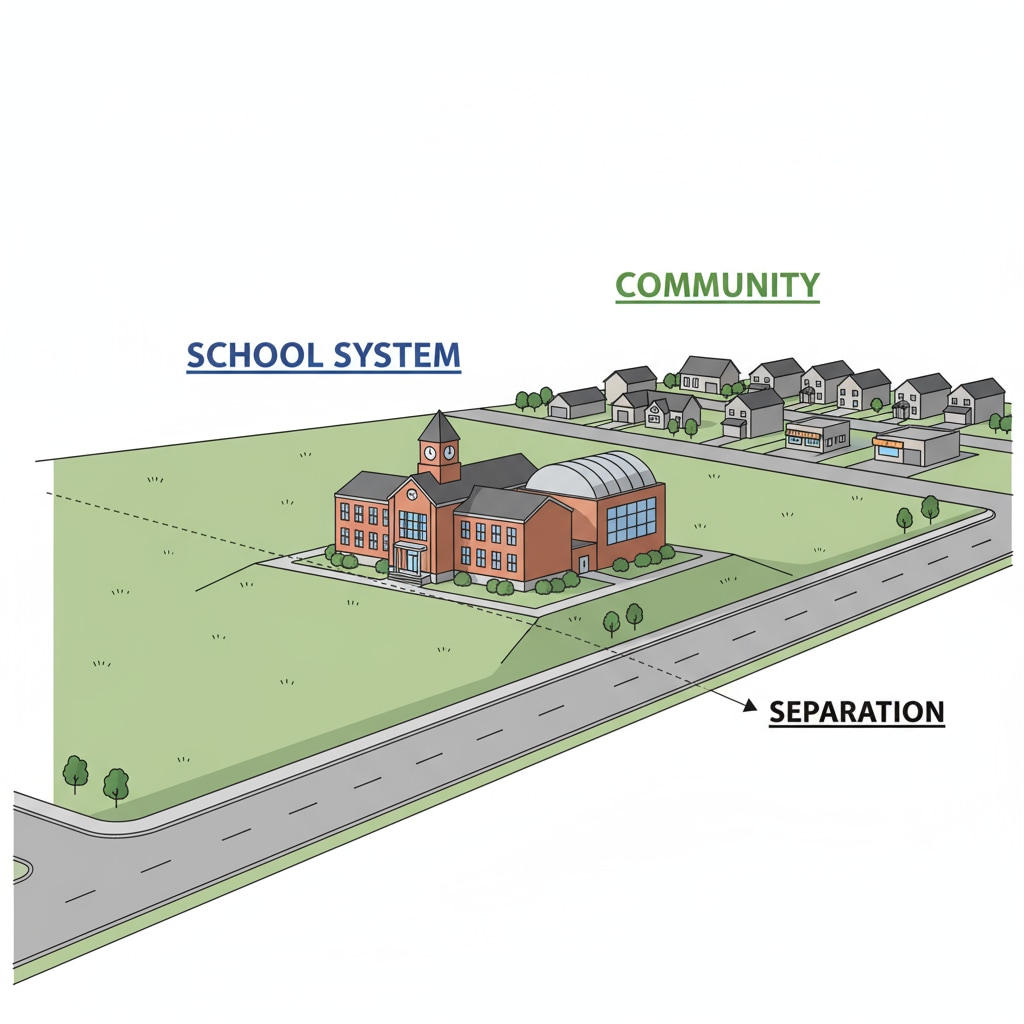In modern towns, the issue of school system independence, community separation, and youth project collaboration has become a significant concern. This separation between the school system and the community is creating two parallel worlds, which has far-reaching implications for the development of teenagers.

The Root Causes of Separation
One of the main reasons for the separation is the difference in funding sources. Schools often rely on government educational budgets, while communities have their own financial resources for local development. This financial disparity leads to different priorities. For example, schools focus on academic achievements and curriculum implementation, while communities may prioritize infrastructure and public facilities. Another factor is the lack of communication channels. There is often no systematic way for schools and communities to share information and ideas. As a result, they operate in isolation from each other. How Schools and Communities Can Work Together on Edweek
The Impact on Youth Services
This separation has a negative impact on youth services. Firstly, it limits the integration of educational resources. For instance, community resources such as local museums, libraries, and cultural centers could be valuable learning opportunities for students, but due to the separation, these resources are underutilized. Secondly, it affects the comprehensive development of teenagers. Community engagement helps students develop social skills, a sense of responsibility, and a broader perspective. Without effective collaboration, students may lack these essential qualities.

In addition, youth projects that aim to provide holistic development opportunities often face difficulties. These projects require the joint efforts of schools and communities, but the separation makes it challenging to coordinate resources and activities. As a result, the quality and effectiveness of youth services are compromised.
Possible Solutions
To address this issue, establishing stronger communication channels is crucial. Regular meetings and joint committees can be set up to facilitate information sharing and decision-making. Moreover, there should be an emphasis on resource sharing. Schools and communities can pool their resources, such as sharing teaching materials, facilities, and expertise. This way, they can enhance the quality of youth services. School-Community Partnerships for Youth Health on CDC
Furthermore, promoting joint youth projects can strengthen the connection between schools and communities. By working together on projects, they can better understand each other’s needs and capabilities, and ultimately create a more supportive environment for teenagers.
Readability guidance: The article uses short paragraphs to present ideas clearly. Each section focuses on a key aspect of the school-community separation issue. Lists could be further developed in future to more clearly present points. The use of active voice is prioritized, and transition words are used to enhance the flow of the text.


